1. Draft Horses in City Streets
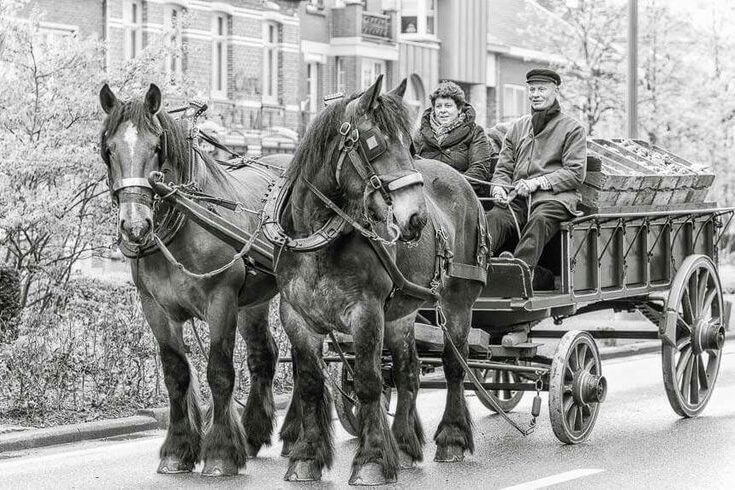
Before cars and machines ruled the roads, draft horses powered daily life. They pulled wagons, carried goods, and filled city streets with the steady rhythm of hooves. Their strength shaped everything from street width to work schedules. When engines arrived, horses became too slow and expensive to keep. Stables turned into garages and the clip-clop faded from memory. They were replaced not because they failed but because progress ran faster. Today, you’ll only see them in parades or farms, quiet reminders of a time when muscle, not metal, kept the world moving.
2. Carrier Pigeons for Communication

There was a time when messages traveled on wings. Carrier pigeons connected distant cities, families, and soldiers long before phones existed. They were loyal couriers, fast and efficient, always returning home with news that mattered. But once telegraphs and telephones spread, their usefulness disappeared almost overnight. The need for living messengers faded as human communication became instant. Today, pigeons survive mostly in hobby racing or heritage shows. Their story reminds us how easily technology replaces what once felt indispensable and how silence sometimes follows the speed of progress.
3. Milk Cows in Residential Yards
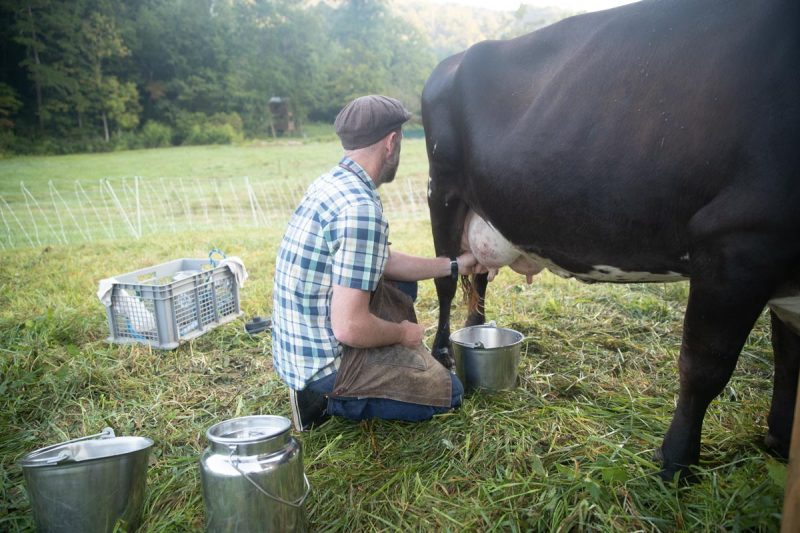
Before grocery stores and pasteurized bottles, many families kept milk cows in their backyards. They provided fresh milk, butter, and cream, offering security in times without refrigeration. Children learned care and responsibility by tending them daily. But as cities expanded and zoning laws tightened, livestock disappeared from residential life. Commercial dairies and refrigeration made fresh milk easier to buy than to raise. The familiar morning moo gave way to the hum of delivery trucks. What was once nourishment and necessity became nostalgia, a picture of simpler living that rarely fits into modern neighborhoods.
4. Sheep as Community Grazers
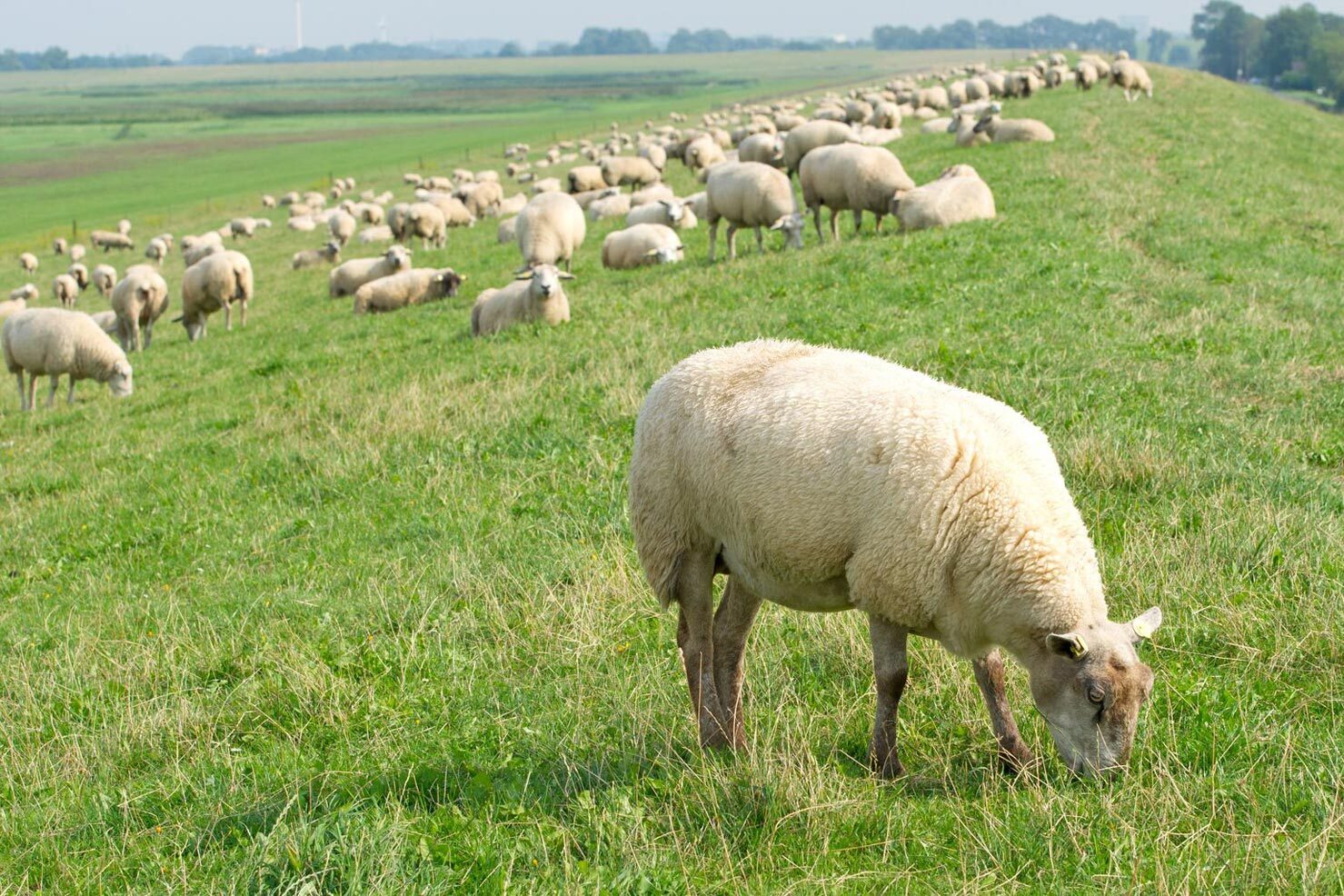
Sheep once grazed village greens and open fields, trimming grass and providing wool for clothing. They served both economic and ecological roles, helping communities stay self-sufficient. When textile industries industrialized and synthetic fabrics took over, sheep lost their place in daily town life. Public lands turned private and lawns became decorative rather than practical. The quiet herds that shaped landscapes slowly vanished from sight. Today, they exist mainly on farms or in eco-grazing programs. Their disappearance marks a shift from shared rural rhythm to individual convenience and industrial uniformity.
5. Goats Kept for Household Foraging
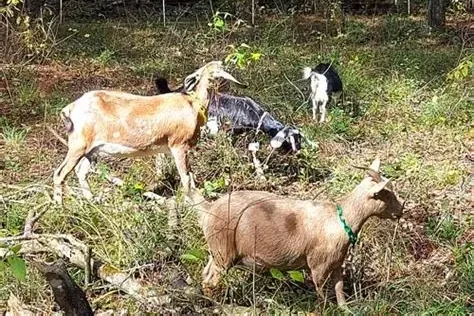
Goats were once the perfect backyard helpers. They provided milk, cleared weeds, and ate scraps that might otherwise go to waste. Families valued them for their resilience and easy care. As cities paved over green space, goats became less welcome neighbors. Urban laws redefined them as livestock, pushing them away from residential life. Modernity made food easier to buy but less personal to produce. Today, goats survive on farms and in wildfire prevention programs. They remind us that sustainability once meant partnership, not policy, and that simplicity can still feed resilience.
6. Chickens in Backyards and Alleys

Not long ago, the sound of clucking filled neighborhood mornings. Families kept chickens for fresh eggs and occasional meat, often letting them roam freely through yards and alleys. When industrial farming and refrigeration arrived, city chickens lost their purpose. Urban laws banned them and store shelves replaced nesting boxes. Recently, they’ve returned as part of backyard sustainability movements, symbolizing connection to food and nature. Yet, what was once ordinary is now a lifestyle choice. Chickens remain both memory and movement, proof that convenience never truly erases the desire for self-reliance.
7. Mules as Daily Agricultural Labor
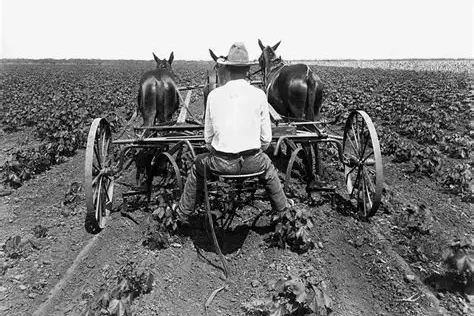
Before machines conquered the soil, mules were the heartbeat of farming. Stronger than horses and calmer than donkeys, they pulled plows, carts, and wagons from dawn to dusk. Their endurance made them indispensable. But when tractors arrived, their strength became unnecessary. Engines worked faster, longer, and needed no rest. Mules slowly disappeared from fields and trade routes. Today, they survive mainly in mountainous or heritage communities, carrying the weight of history rather than harvests. Their disappearance reflects how progress often trades endurance for efficiency and silence for the sound of engines.
8. Donkeys for Market Transport

Donkeys were once vital to local trade, carrying produce and goods to markets along uneven paths. They were slow but reliable, patient through long hours under the sun. As paved roads spread and vehicles replaced manual labor, donkeys lost their economic value. Trucks carried heavier loads faster, making donkeys unnecessary for daily commerce. Still, in rural regions, they remain symbols of endurance and humility. Their quiet strength reminds us that progress is not always measured in speed but in the simple ability to carry on faithfully through change.
9. Oxen Pulling Freight and Farm Plows

Before mechanical tractors, oxen pulled plows through heavy soil and hauled loads across long distances. Their strength and calm made them dependable partners. They were slow, but they worked with endurance unmatched by machines. When fuel engines appeared, the need for animal power faded. Fields that once echoed with creaking yokes grew quiet under the hum of tractors. Oxen remain only in small-scale farms or ceremonial parades. Their story shows how modernization often removes the rhythm of shared labor that once tied humans closely to the land.
10. Barn Cats as Primary Pest Control
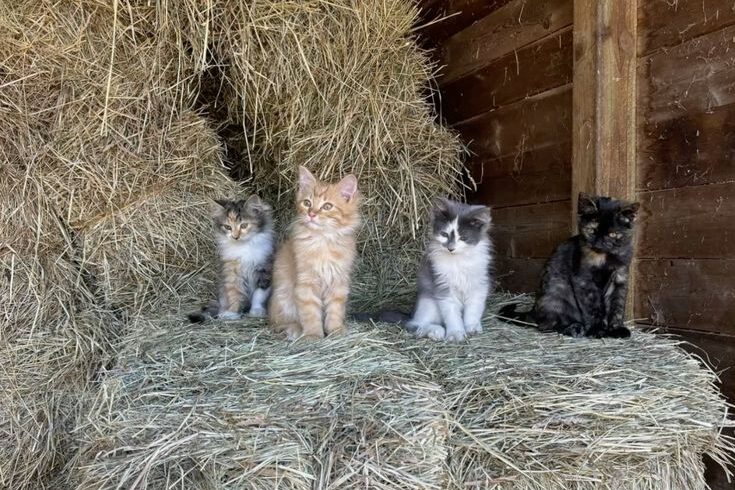
Long before traps and chemicals existed, barn cats were the guardians of the grain. They earned their keep by hunting mice and rats, protecting harvests from ruin. Their role was practical, not sentimental. But as modern pest control and sealed storage came along, cats shifted from workers to companions. Today, barn cats still exist, but mostly as nostalgic symbols of rural tradition. Their presence feels comforting rather than essential. They remind us that partnership once existed between humans and animals without the need for affection, only mutual purpose.
11. Street Horses for Public Transit

Horses once ruled city transit, pulling streetcars and carriages filled with passengers. Urban life depended on their strength, and whole industries existed to feed and stable them. But when electric trolleys and buses arrived, horses vanished almost overnight. The city redesigned itself around machines that did not rest or eat. Horses moved from daily necessity to recreation. Today, carriage rides and police mounts preserve fragments of that world. Their story reminds us that transformation can be swift and silent, replacing familiar rhythms with new ones that redefine how we move.
12. Camels in Regional Trade Routes
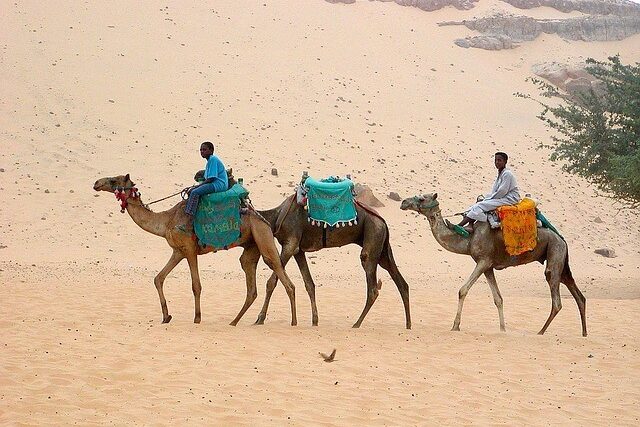
Camels were the lifeline of desert trade, carrying goods and people through dry landscapes where no wheels could roll. They endured heat, thirst, and endless sand. For centuries, their caravans connected entire economies. But highways, trucks, and airplanes made their journeys unnecessary. Modern transport erased routes that once shaped civilizations. Yet, in desert regions, they remain cultural and ceremonial symbols. The camel’s disappearance from commerce reflects how human progress often leaves behind its oldest allies, even those perfectly adapted to the harshest conditions. They linger only where tradition refuses to fade.
13. Bees in Household Apiaries
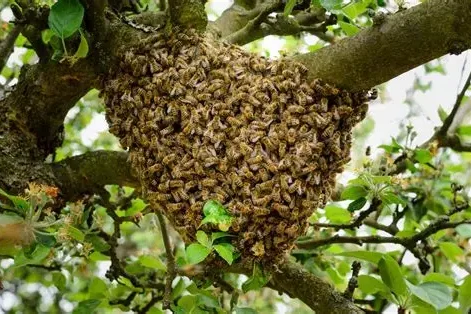
Bees once buzzed in backyard hives, providing families with honey, wax, and pollination. Every household had a reason to keep them, not just for sweetness but for necessity. As industrial honey production and processed sugar became common, personal hives disappeared. Urban growth left little room for them, and synthetic products replaced their natural value. Yet, with rising environmental awareness, they are returning to rooftops and gardens. The hum of bees now symbolizes restoration rather than routine, reminding us that harmony with nature is a relationship worth reviving, not a relic of survival.
14. Reindeer in Northern Transport Networks

Before snowmobiles and engines crossed icy lands, reindeer powered Arctic travel. They hauled sleds, supplies, and sometimes entire families through deep snow. As modern machines replaced them, reindeer faded from daily necessity. Still, they remain deeply woven into northern culture, especially among Indigenous herders. Their value now lies in heritage and sustainability rather than labor. The bond between reindeer and people persists as a story of adaptation and respect, showing that even when usefulness fades, tradition can keep an ancient connection alive through shared purpose and care.
15. Water Buffalo in Rice Farming
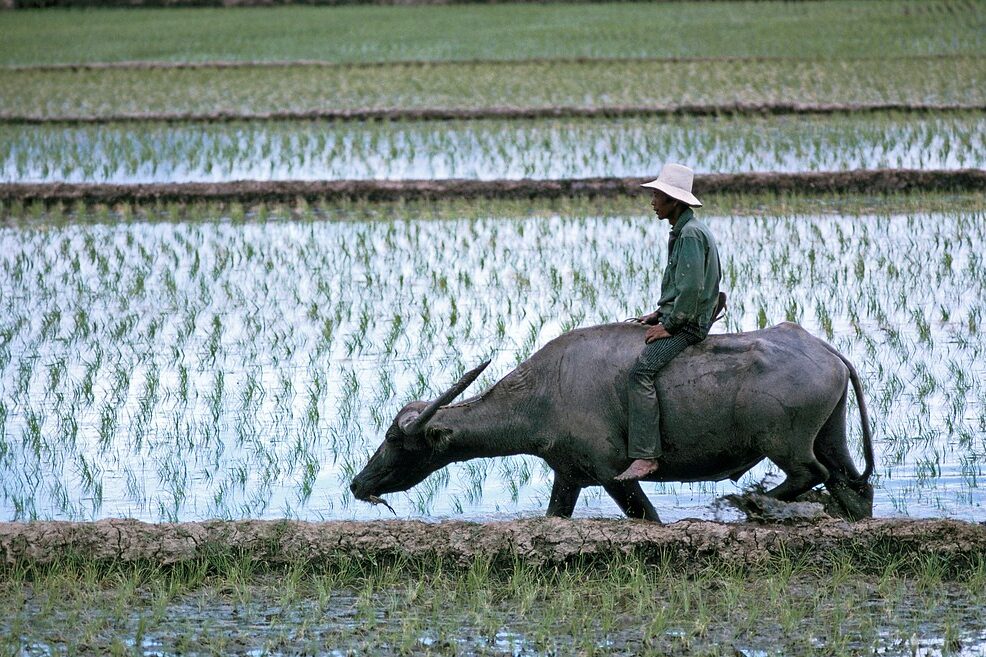
Water buffalo were once the backbone of rice farming, pulling plows through thick, muddy fields with patience unmatched by any machine. They thrived in conditions that tractors initially could not handle. As technology advanced and fuel became cheaper, buffalo labor declined. Yet in some rural communities, they still serve as natural tractors, working quietly without pollution or fuel. Their slow disappearance reflects the tension between efficiency and sustainability. The world gained speed but lost a rhythm that balanced strength, soil, and tradition with an understanding that not all progress improves harmony.
16. Guinea Fowl as Yard Sentinels
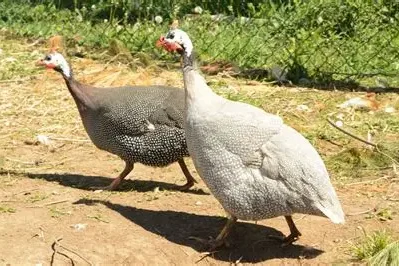
Guinea fowl were once kept for their loud calls that warned of predators or strangers. Their voices protected homes and farms before alarms and fences existed. Families valued their watchful nature and insect-eating habits. But modern security systems made them unnecessary. Today, guinea fowl survive mainly on farms for pest control or ornamental charm. Their chatter once meant safety, now it simply adds color to rural mornings. Their fading presence marks another quiet exchange between natural awareness and human invention, a trade that replaced instinct with electronics and simplicity with structure.
17. Homing Dogs Used for Message Running

Before telephones and instant messaging, some dogs were trained to deliver notes or retrieve items between households and work sites. Their loyalty and intelligence made them dependable messengers. As technology advanced, their task became obsolete. Dogs transitioned from workers to companions, their value shifting from necessity to love. Though their message-carrying days are long gone, they remain symbols of trust and dedication. Their story reflects how roles evolve but relationships endure, proving that even when usefulness fades, the bond between people and dogs continues to run strong through every change.
18. Working Geese as Property Guards
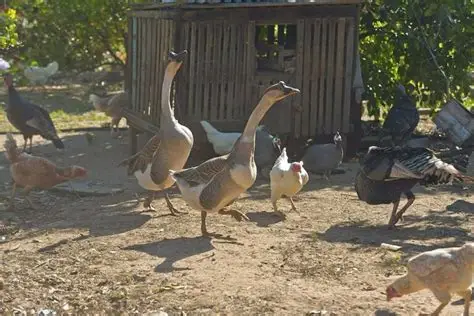
Before locks and cameras, geese protected homes and farms. Their territorial instincts and loud honks made them natural alarms, warning families of strangers or predators. People trusted their vigilance more than any bell. As modern security grew, the need for geese declined. Today, they exist mostly on farms or estates for nostalgia rather than protection. Their watchful habits live on as charming memories of simpler safety systems. In their disappearance, we see how progress replaced nature’s alertness with artificial assurance, trading instinctive guardianship for quiet convenience.
19. Farm Pigs as Household Waste Processors
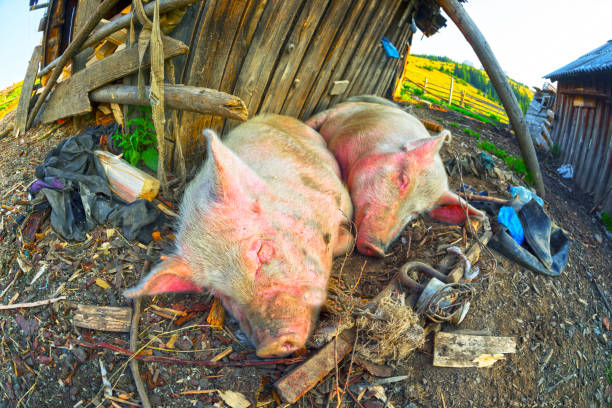
Farm pigs once played an important household role. They consumed leftover food and scraps, turning waste into sustenance. Their presence kept homes clean and reduced waste long before trash collection existed. As sanitation systems and laws evolved, pigs were moved to commercial farms. Families no longer shared their space with them, and food waste became a problem again. Some eco-farms now revisit the practice to close resource loops. The pig’s disappearance from backyards reflects how industrialization separated people from cycles of reuse that once defined sustainable living.
20. Fish Ponds as Family Protein Stores

Before freezers and supermarkets, fish ponds were the family pantry of protein. They provided steady food through changing seasons, easy to manage and dependable. When refrigeration and global trade brought fish to markets everywhere, backyard ponds lost their purpose. They now serve more for beauty or hobby than for food. In some communities, fish ponds are being revived as part of sustainable living. Their quiet water still reflects the balance once kept between effort and reward, showing that self-reliance was once a rhythm, not a movement.
21. Pack Goats on Rural Trade Routes
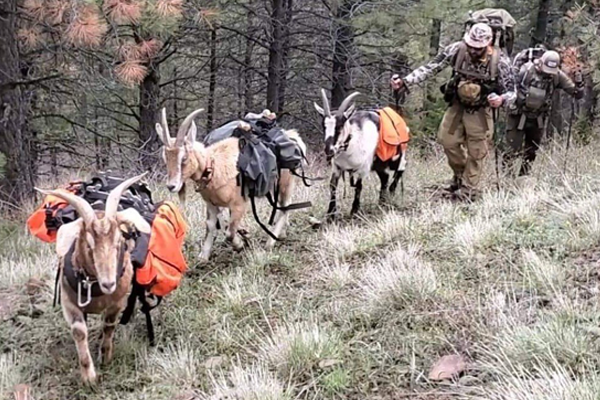
Before trucks and trains reached remote towns, goats carried goods across narrow mountain trails. Their balance and endurance made them reliable pack animals in rugged terrain. When infrastructure improved, their usefulness declined. Roads replaced paths, and engines replaced hooves. Pack goats now appear mostly with hikers and heritage groups, symbols of a simpler way to travel. Their story reminds us that progress often flattens the landscape of experience, removing the small steps that once connected effort, distance, and the satisfaction of slow, steady achievement.
22. Horses as Daily Postal Carriers
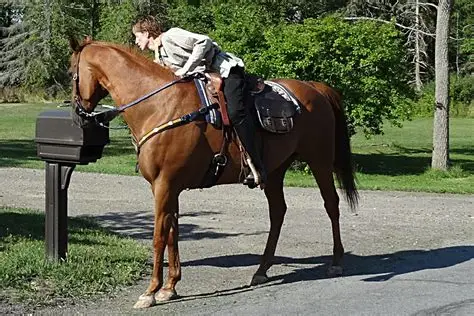
Before mail trucks and post offices, horses carried letters across miles of open land. They were fast, loyal, and dependable, forming the heart of communication systems. Riders braved weather and danger to keep people connected. With automobiles, their role ended almost completely. Today, they live in parades and reenactments, their gallop remembered in history books. What was once necessity became heritage. Their disappearance from daily life shows how invention shrinks distance but sometimes also erases the sense of patience that once gave messages their meaning.
23. Local Herd Animals as Shared Community Resources
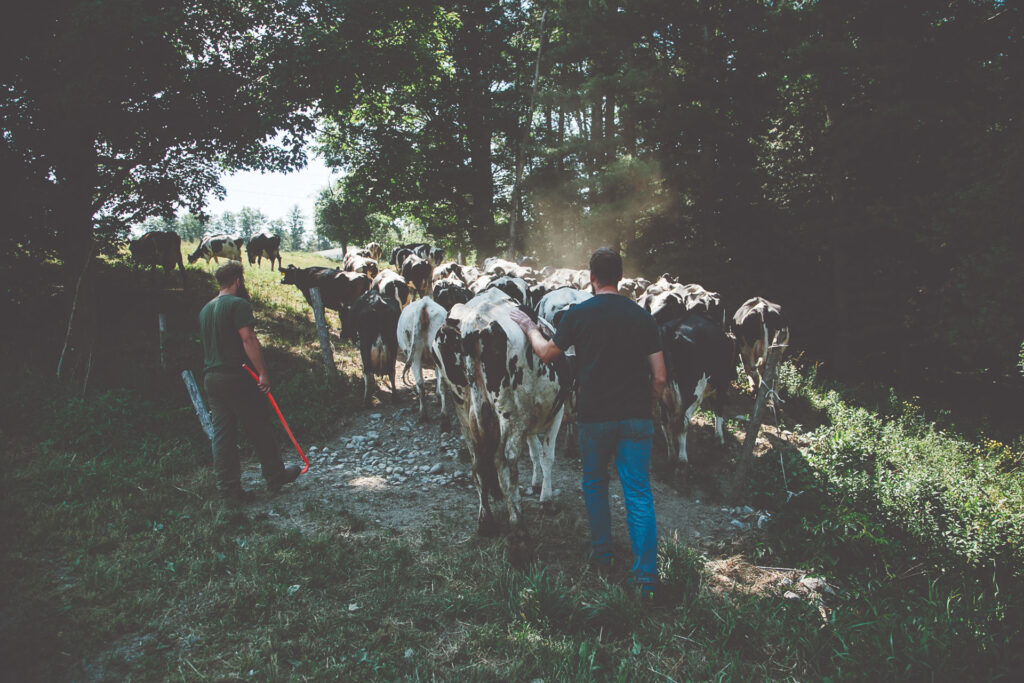
Communities once shared animals for food, labor, and materials. Villages grazed sheep, cows, or goats together, balancing responsibility and resourcefulness. As land became private and economies industrialized, those shared systems disappeared. Livestock ownership shifted from collective care to commercial profit. The disappearance of communal herding didn’t just change animals’ roles, it changed human connection too. Today, cooperative farms try to revive that spirit, blending tradition with sustainability. It reminds us that community once thrived not on convenience but on cooperation that nourished both people and land together.
24. What Their Disappearance Reveals

The animals that once shaped everyday life didn’t vanish because they were weak or unworthy. They faded because human progress changed direction. Machines replaced muscle, and convenience replaced cooperation. Yet, their memory lingers in stories, phrases, and traditions that still connect us to slower, simpler times. Each creature played a part in teaching patience, balance, and care. Their absence reshaped our world but also left quiet lessons behind. Sometimes, looking back helps us see what modern life traded away and what might still be worth reclaiming.
This story 24 Animals That Were Once Common in Everyday Life and Slowly Disappeared was first published on Daily FETCH


